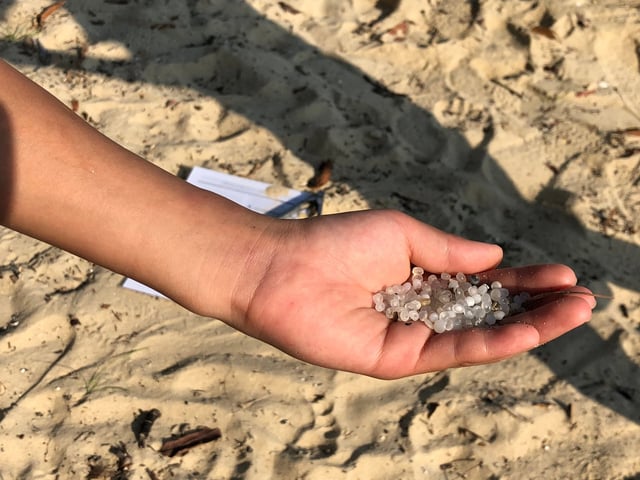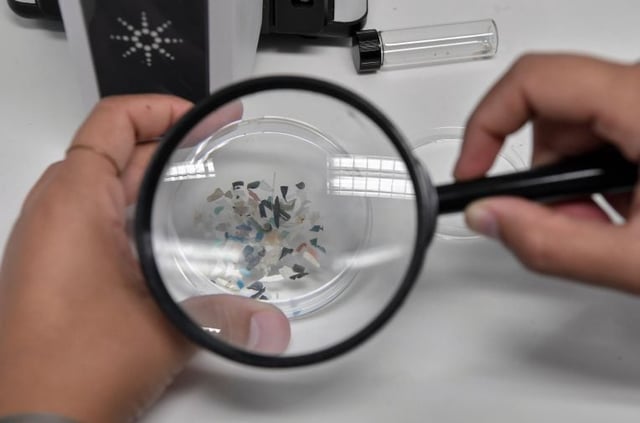Overview
- A University of California, Davis team showed that mice ingesting polystyrene nanoplastics developed leaky guts, signs of liver injury and impaired blood sugar control after seven weeks.
- Analyses have detected microplastic particles in human blood, breast milk and placentas, and one study linked plastic deposits in brain arteries to twice the risk of stroke or heart attack.
- Microplastics now contaminate a broad range of foods and beverages—from seafood, salt and drinking water to honey, sugar, fruits and vegetables—exposing consumers to thousands of particles annually.
- Researchers warn that microplastics carry bound toxins and additives such as bisphenol A, phthalates and PFAS, which can disrupt hormones, trigger inflammation and damage DNA.
- Experts recommend cutting intake by choosing fresh, unpackaged foods, switching to glass or stainless steel containers, avoiding plastic when heating or storing food and tightening regulations on plastic production.


